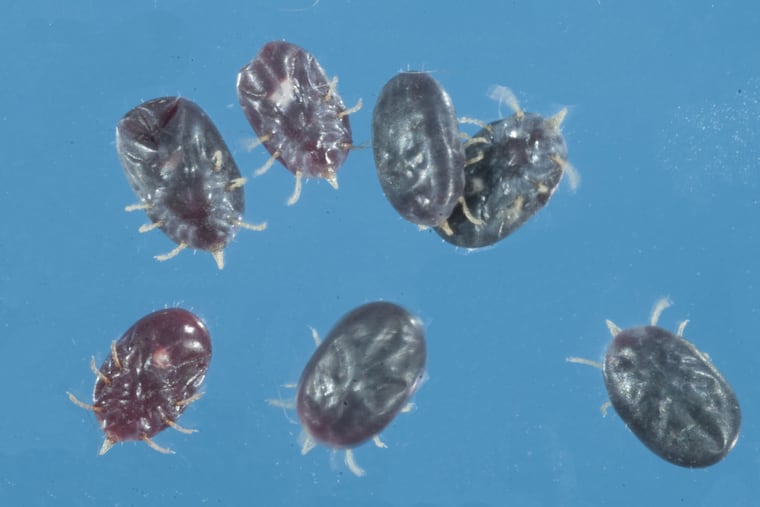‘Bat tick’ found for first time in New Jersey
Rutgers University has identified a species of tick associated with bats in New Jersey, and it could pose health risks to people, pets, and livestock.

Rutgers University has identified a species of tick associated with bats for the first time in New Jersey, and it could pose health risks to people, pets, and livestock.
The Rutgers-led study, published in the Journal of Medical Entomology, said the species, Carios kelleyi or bat tick, is a “soft” tick because of its soft and leathery body, as opposed to “hard” ticks such as deer ticks, which carry Lyme disease.
“We need to be aware that if you remove bats from your belfry, attic, or elsewhere indoors, ticks that fed on those bats may stay behind and come looking for a new source of blood," said lead author James L. Occi, a doctoral student in the Center for Vector Biology at Rutgers–New Brunswick. "There are records of C. kelleyi biting humans.”
All ticks feed on blood. As a result, they can transmit disease-causing microbes during feeding, Occi said in a news release. The tick has been found infected with microbes associated with human health risks in other states.
The bat tick is small, brown, and irregularly shaped. A parasite of bats, it is found in 29 U.S. states.
“Finding them on New Jersey bats was an unusual event that prompted bat specialists to contact us," said senior author Dina M. Fonseca, a professor and director of the Center for Vector Biology. "Maybe these ticks are becoming more common.”
Scientists with the state Division of Fish and Wildlife discovered the bat tick larvae last year on bats in Mercer and Sussex Counties, adding yet another species to the list of ticks in New Jersey.
In 2019, a Rutgers-led team, which included Occi and Fonseca, identified 11 tick species living in the Garden State, the first formal tally of ticks known to have been made in the Northeastern United States. The goal was to foster a statewide effort to control the spread of the arachnid responsible for Lyme and other diseases.
The census showed, for example, that lone star ticks, which can spread disease-causing pathogens, are more widespread across the state than ever before.
New Jersey also drew national focus in 2018 when an exotic Asian tick, Haemaphysalis longicornis, also known as the longhorned tick, was confirmed to be present. It is one of the two invasive species from other countries found to be spreading throughout the state. Other research suggests the longhorned tick has likely been present since 2013. The longhorned tick has been a threat to animals and people in other countries, but that’s not been the case so far in New Jersey.
Bat ticks have been present in Pennsylvania for decades and were first detected in Allentown in the 1930s.